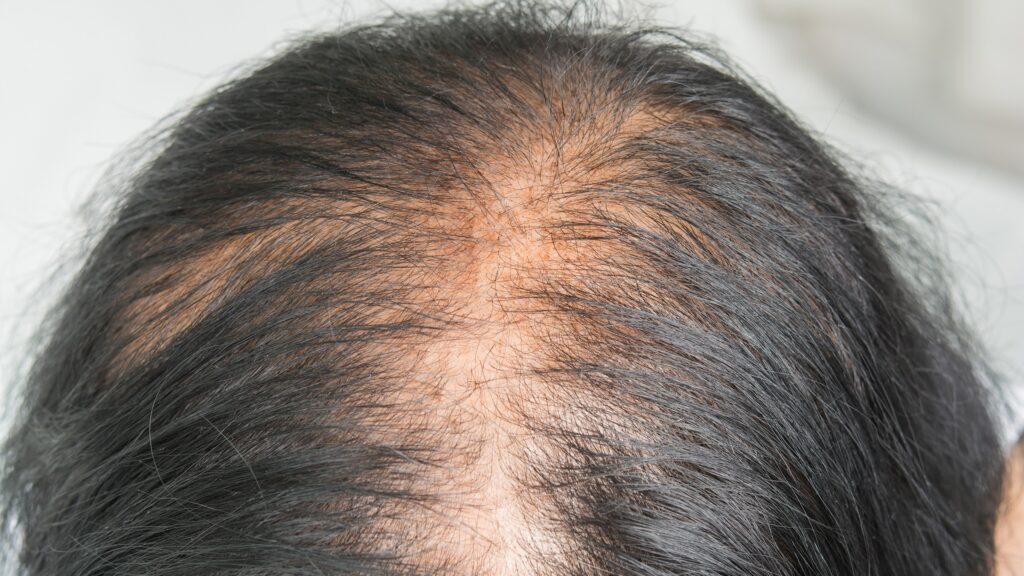
Introduction: Hair fall is a common concern that affects people of all ages and genders. While it’s natural to shed some hair daily, excessive hair loss can be alarming. Recognizing the early stage symptoms of hair fall is crucial for taking preventive measures and seeking timely intervention. In this guide, we will explore the subtle signs that may indicate the onset of hair fall and what you can do to address them.
- Increased Hair on Pillow or Shower Drain: One of the initial signs of impending hair fall is noticing more hair strands on your pillow in the morning or accumulating in the shower drain after washing. While shedding a few strands is normal, a noticeable increase may indicate the early stages of hair loss.
- Thinning Hair: Gradual thinning, especially around the crown or on the top of the head, is a common early symptom of hair fall. You may observe that your hair doesn’t have the same volume as before, and the scalp becomes more visible.
- Excessive Hair on Hairbrush: Keep an eye on the amount of hair left on your hairbrush after combing. If you notice a significant increase in the number of fallen strands, it could be an early indication of hair fall.
- Itchy or Irritated Scalp: An itchy or irritated scalp can be a sign of an underlying issue leading to hair fall. Conditions like dandruff, psoriasis, or dermatitis can contribute to scalp discomfort, affecting the health of your hair follicles.
- Changes in Hair Texture: Noticeable changes in the texture of your hair, such as increased dryness, brittleness, or lack of shine, may suggest early-stage hair fall. Healthy hair should have a certain elasticity and vibrancy, so any deviation from this might be cause for concern.
- Receding Hairline: For both men and women, a receding hairline can be an early indicator of hair fall. Pay attention to changes in your hairline, especially around the temples and forehead.
- Persistent Hair Shedding: While seasonal hair shedding is normal, persistent and excessive shedding, not related to a change in seasons, could be an early symptom of ongoing hair fall.
Conclusion: Being vigilant about these early stage symptoms of hair fall allows for proactive measures to prevent further damage. If you notice persistent signs, it’s advisable to consult with a trichology expert who can provide a thorough diagnosis and recommend an appropriate treatment plan tailored to your specific needs. Remember, addressing hair fall in its early stages enhances the chances of successful intervention and promotes healthier, fuller hair in the long run.
Regards,
Dr. Satish Vaishnav
Hair Doc, Trichology Expert, Hair Clinic
Thane, Pune, Chhatrapati Sambhajinagar, Pimpri-Chinchwad




